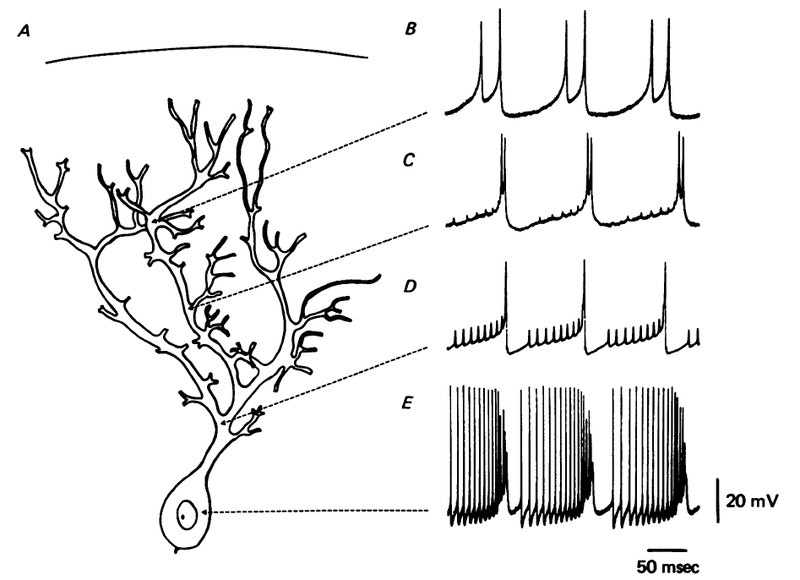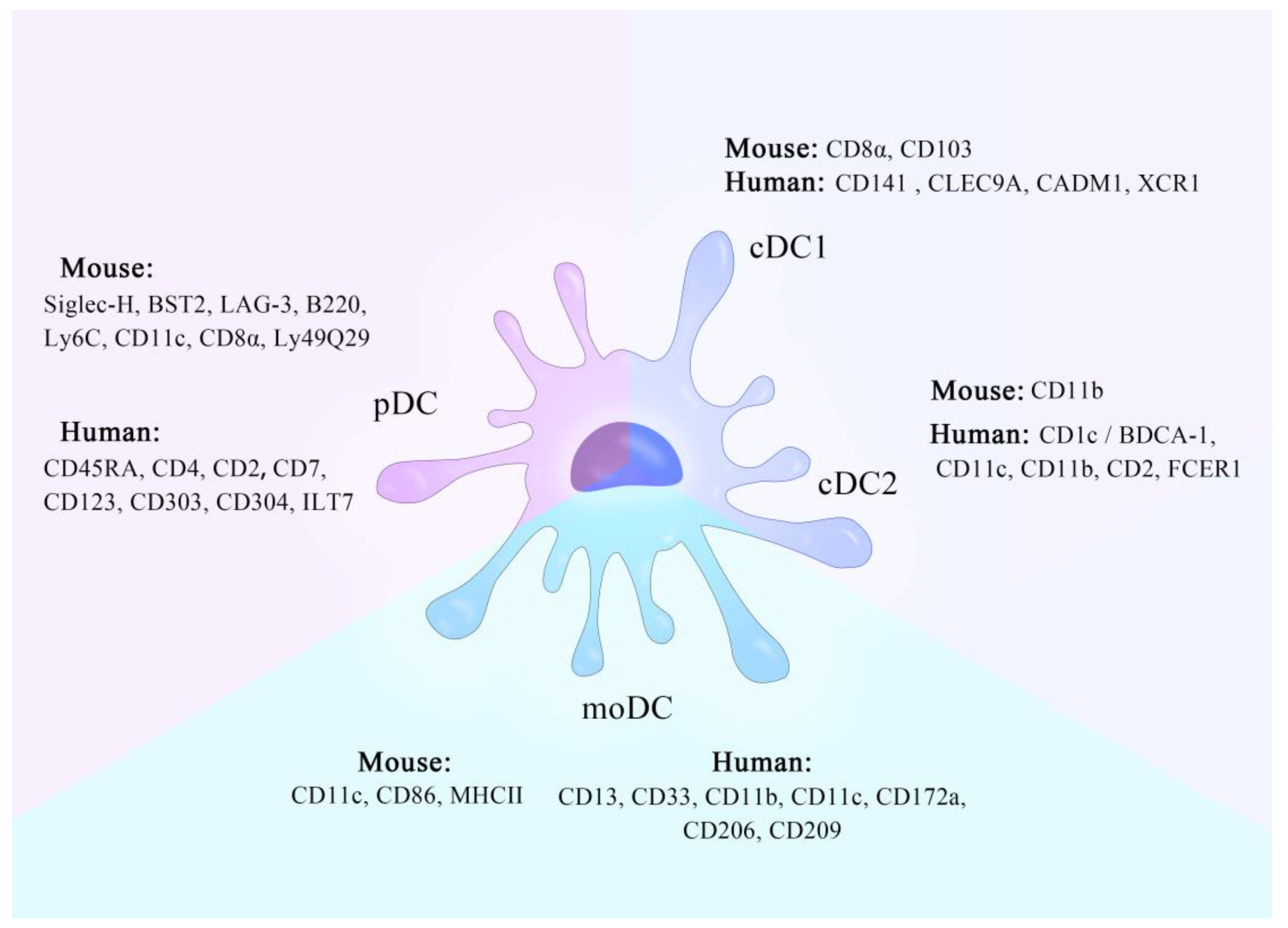

In other words, dendrites develop when we are actively pursuing a task or doing something on loop. As such, the thicker the dendrites, the faster will be the traveling speed of electrochemical signals. As per studies, the more we practice, the size of dendrites gets thicker with a fatty layering of myelin. The point of contact among several dendrites that grow together is known as the synapse. The growth of new dendrites is a tedious process. Dendrites grow out of neurons when we listen, talk, practice something, and so forth. Humans are born with a minimum of 100 billion neurons. Several factors such as modulation of sensory input, environment pollutants, body temperature, drug use, and so forth influence the development of dendrites. Lastly, dendrites also have a significant role to play in psychological processes such as memory formation. As such, dendrites foster the regular activity of neurons to continue and help prevent neurological disorders like epilepsy. Thus, dendrites and synapses coupled with soma and axon and other parts of a neuron have a crucial role in the everyday functioning of our body.ĭendrites possess organelles that alter protein density in response to changes in the frequency of neuronal inputs. The brain, then, sends back the instructions to various parts of the body so that a reaction can happen. The pivotal responsibility of dendrites is to receive signals or information from another neuron.ĭendrites also accumulate all incoming information from axon terminals.ĭendrites collect messages from other neurons, which are then forwarded to the brain. The role of dendrites is crucial in sexual intercourse. As we have already discussed, the primordial function of dendrites is to receive electrical messages and transfer them to the soma or the neuron's cell body.

Dendrites comprise various cytoskeletal structures, the Golgi apparatus, ribosomes, and smooth endoplasmic reticulum.

Dendrites generally project through the soma and branch extensively. The length of dendrites is about two μm, and they are usually 5 to 7 in numbers. To aptly define dendrite, we have to understand its structure first. Now let us again dovetail into the dendrite definition and other details. Thus, we can discuss the structure of a neuron as having axons and dendrites, cell bodies, and synapses. Lastly, we have the synapse, the chemical junction between the terminal of one neuron and the dendrite of another neuron. Thirdly, we have the axon, a tube-like structure that carries electrical impulses from the cell body to the axon terminals and ultimately passes to another neuron. A neuron's cell body comprises the Golgi body, endoplasmic reticulum, mitochondria, and other components. After that, we have the cell body, which is, basically, the nucleus of the neuron. To explain the structure of neuron, we have to keep in mind that all neurons have three sections – dendrites, cell body, and axon. Dendrites are found in the edge of the neuron, and they receive messages from other neurons. Secondly, we have the motor neurons that transmit information from the brain to the muscles. Firstly, we have the sensory neurons that carry information from the sensory receptors present all over the body to the brain. There exist several types of neurons that galvanize the transmission of information. They receive and transmit electrochemical signals to various parts of the body. To begin with, neurons are the building blocks of the human nervous system. Structure of a Neuron – A Brief Explanation Before getting into the nitty-gritty of dendrites meaning, let us attempt to explain the structure of neuron. Thus, the dendrites meaning is extracted from the fact that they receive signals from neurons and contain specialized proteins that accept, process, and transfer the signals to the cell body. In such a context, dendrites come into the picture as they receive the electrochemical signals from which they travel to the cell body. It is noteworthy to remember that the transfer of data from one neuron to another happens through chemical signals and electric impulses. In other words, the extensive appendages of nerve cells are termed dendrites. We can understand dendrites as projections of a neuron or a nerve cell that receive signals of information from other neurons.


 0 kommentar(er)
0 kommentar(er)
